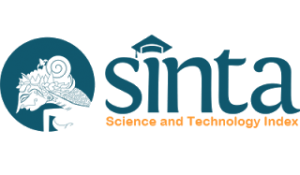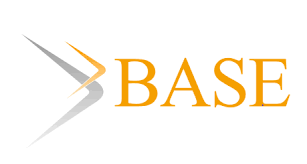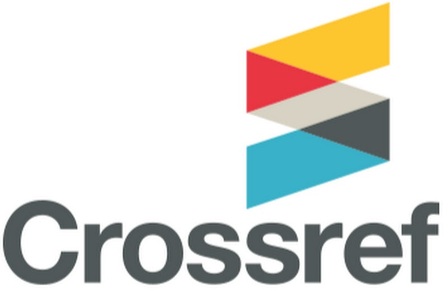THE INFLUENCE OF MODAL STRUCTURE, THE SIZE OF THE COMPANY AND SALES GROWTH ON COMPANIES PROFITABILITY THAT LISTED ON SRI-KEHATI INDEX
(1) Business and Economic Faculty of Surabaya University
(2) Business and Economic Faculty of Surabaya University
(3) Business and Economic Faculty of Surabaya University
(*) Corresponding Author
Abstract
Keywords
Full Text:
PDFReferences
Brigham, E.F, dan P.R Daves, 2002, Intermediate Financial Management, Seventh Edition, Thomson Learning, Inc, p. 225.
Chiang, Y., Chang, P., and Hui, C. (2002), “Capital structure and profitability of the property and construction sectors in Hong Kong”, Journal of Property Investment and Finance, 20, p. 434-53.
Dawar V., 2014, Agency Theory, Capital Structure and Firm Performance: Some Indian Evidience, Managerial Finance, Vol. 40 Iss 12.
Demsetz, H., & Lehn, K., 1985,The structure of corporate ownership: Causes and consequences. Journal of Political Economy, 93, p.
Douglas, E.J, 1995, Managerial Economics Analysis and Strategy, 4th Edition, Prentince Hall, p. 233.
Feeny, S.,2000, Determinants of Profitability: An Empirical Investigation Using Australian Tax Entities, Melbourne Institute Working Paper No. 1/100, The University of Melbourne.
Gunadi, 2005, AkuntansiPajakSesuaidenganUndang-UndangPajakBaru, PT Grasindo.
Hansen danJuniarti, 2014,Pengaruh Family Control, Size, Sales Growth, dan Leverage TerhadapProfitabilitasdanNilai Perusahaan padaSektorPerdagangan, Jasa, danInvestasi, Business Accounting Review, Vol. 2, No. 1.
Hariyanto Lidia dan Juniarti, 2014, Pengaruh Family Control, Firm Risk, Firm Size Dan Firm Age Terhadap Profitabilitas Dan Nilai Perusahaan Pada Sektor Keuangan, p. 141-148.
Ibrahim El-Sayed, 2009, “The Impact of Capital-Structure Choice on Firm Performance: Empirical Evidence from Egypt”, The Journal of Risk Finance, Vol. 10 lss 5 pp. 477-487
Limbago Elsa dan Juniarti, 2014, Pengaruh Family Control Terhadap Profitabilitas dan Nilai Perusahaan Pada Industri Properti dan Real Estate.
Modigliani, F. and Miller, M. (1963), “Corporate income taxes and the cost of capital a correction”, American Economic Review, Vol. 53, pp. 443-53.
Murhadi, W.R., 2011, Pengaruh Idiosyncfatic Risk dan Likuiditas Saham.
Pindyck, R.S., dan D.L., Rubinfeld, 2007, Mikroekonomi, EdisiKeenam, PT Indeks Jakarta, p. 263.
Stierwald, A., 2009, Determinants of Firm Profitability-The Effect of Productivity nditsPersistance.
Sujianto A. Eko, 2001. AnalisisVariabel-Variabel Yang MempengaruhiStrukturKeuanganPada Perusahaan Manufaktur Yang Go Public di Bursa Efek Jakarta. JurnalEkonomidanManajemen. Vol.2.No.2.
DOI: https://doi.org/10.24123/jmb.v15i2.293
Article Metrics
Abstract view : 461 timesPDF - 58 times
Refbacks
- There are currently no refbacks.
Copyright (c) 2019 Journal of Management and Business
This work is licensed under a Creative Commons Attribution 4.0 International License. ISSN: 1412-3789. e-ISSN: 2477-1783.
 |  |  |  |
 |  |  |  |







